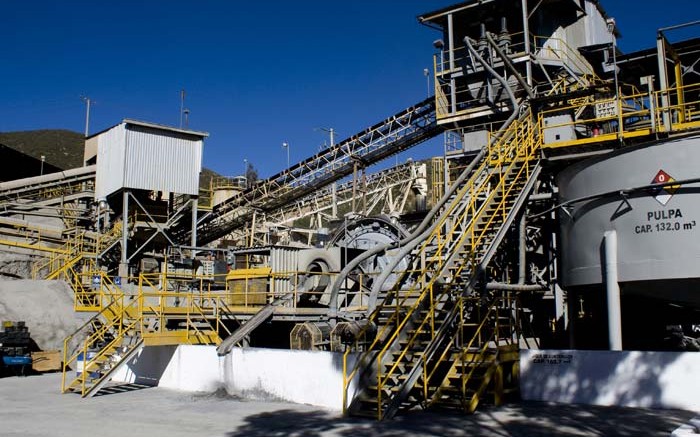Investors would be forgiven for not knowing it, but despite its relatively low price, the physical silver market is in a deficit.
While the precious metal is trading in the US$19 per oz. range, Thomson Reuters GFMS says in its World Silver Survey 2014 that there is a 103 million oz. physical deficit of the metal.
The gap was driven by a 76% increase in retail investment in bars and coins, combined with a recovery in jewellery and silverware. When such an increase in supply is met with falling mine production and less metal coming out of the scrap market, a deficit is sure to follow.
Total demand for the metal came in at a record 1.08 billion oz. last year — an increase from demand of 954 million oz. in 2012 and 1.069 billion oz. in 2011.
The upsurge in demand was driven by industrial applications, which account for 586.6 million oz., with strong demand coming out of the electronics sector in Asia.
Jewellery demand also played a part, as it was up nearly 10% year-over-year to 199 million oz. Some said the move reflected improved consumer confidence.
Silverware also joined the party, as demand from the sector rose 12% to reach a three-year high. But the good news for demand was offset by the photography space, where demand fell 7% year-over-year in 2013 to 50.4 million oz. — and that’s compared to 180 million oz. a decade ago.
The demand trends have GFMS predicting that silver will remain in deficit going forward. It has argued for higher prices, but GFMS expects prices will stay flat in the US$19 per oz. range — there are enough above-ground stocks to cover any shortfall.
Above-ground stocks are high, although last year’s average US$23 per oz. silver price wasn’t enough to entice producers, as supply from above-ground stocks dropped by 23.2% to 199.7 million oz.
The scrap market continued the downward trend on the supply side, as it was off 24% year-over-year and reached its lowest supply level since 2001. The slackened supply from the scrap market is blamed on softer silver prices and exhausted coin and jewellery recycling.
What are investors to do in a situation where the fundamentals point to an eventual uptick in price, with the timing uncertain? Scotiabank is recommending Pan American Silver stock as a way to play it.
The strategy would let investors take advantage of the 4% dividend yield on the stock while waiting for the silver deficit to push prices higher. Even with silver at the US$19 level, Scotiabank feels the 50¢-per-share dividend is secure, thanks to the company having nearly $400 million in cash and just $40 million in long-term debt.
Investors would also benefit from fatter profit margins once silver prices rebound, thanks to Pan American’s plans to expand the La Colorada mine and Dolores pulp-agglomeration facility in Mexico.
The company is also looking at expanding its San Vicente mine in Bolivia.
The pipeline would be bolstered if its Navidad project in Argentina is permitted. The project has been held up by the province of Chubut’s ban on open-pit mining. The law would need to change, but there are some rumblings that the government may be warming to the idea of more mine development as a way to ignite economic growth.
Investors should watch the situation for the rest of the year. If nothing is done by then, it likely won’t be for another year, as 2015 is an election year, and mining is a hot-button issue for Argentine politicians.
Scotiabank’s Trevor Turnbull rates Pan American as a “sector perform,” with a US$13-per-share price target.


Be the first to comment on "Commentary: Silver in deficit, but prices low"